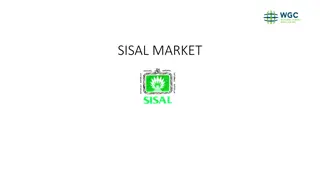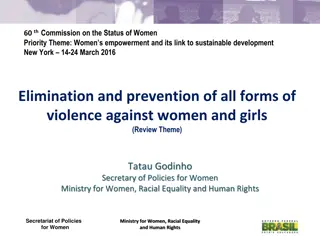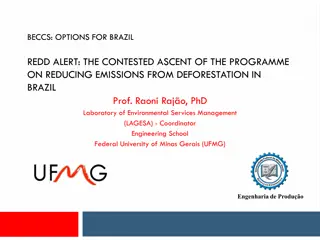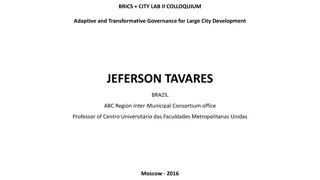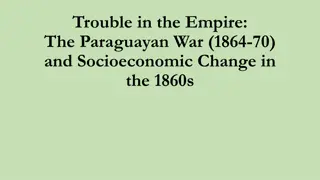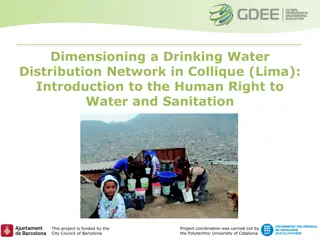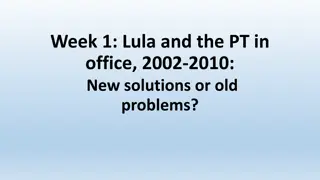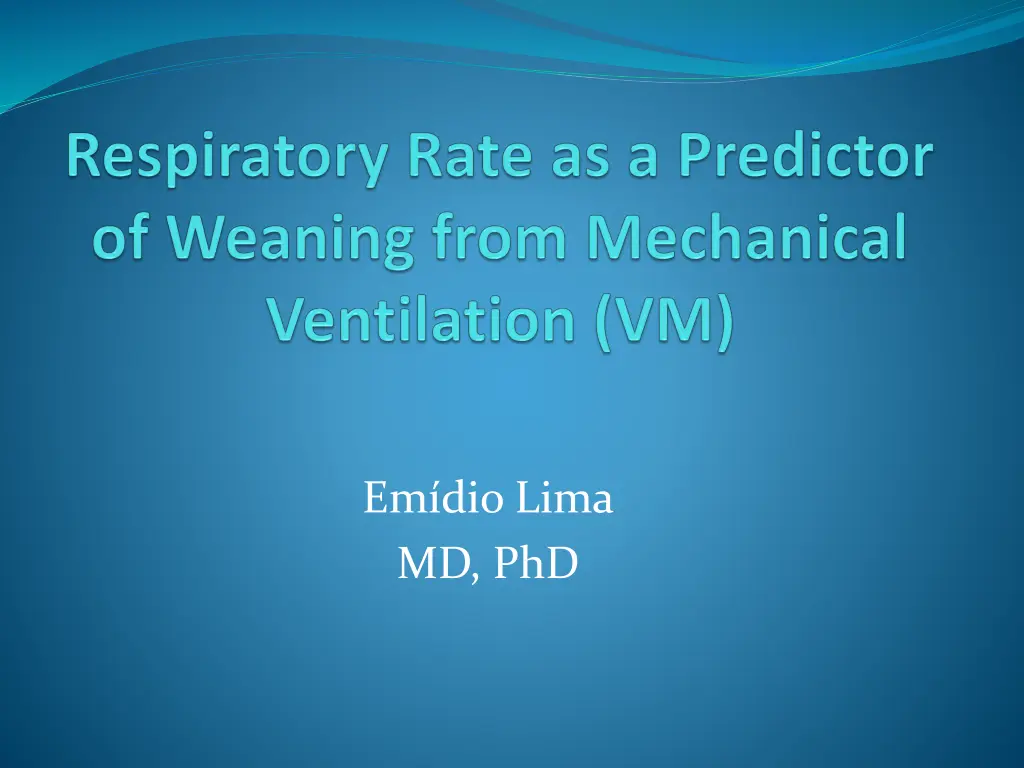
Improving Weaning Strategies: Key Criteria and Success Factors
Explore the critical factors influencing successful weaning from mechanical ventilation, including inclusion criteria, weaning protocols, and outcomes of success and failure. Discover the impact of weaning failure on mortality rates and effective strategies for successful extubation.
Download Presentation

Please find below an Image/Link to download the presentation.
The content on the website is provided AS IS for your information and personal use only. It may not be sold, licensed, or shared on other websites without obtaining consent from the author. If you encounter any issues during the download, it is possible that the publisher has removed the file from their server.
You are allowed to download the files provided on this website for personal or commercial use, subject to the condition that they are used lawfully. All files are the property of their respective owners.
The content on the website is provided AS IS for your information and personal use only. It may not be sold, licensed, or shared on other websites without obtaining consent from the author.
E N D
Presentation Transcript
Emdio Lima MD, PhD
Mortality Increases with the Duration of Mechanical Ventilation and Weaning Failure
Weaning Failure The Average Rate is 30% Increases Mortality (43%) and Morbidity
The Size of the Problem 46% of the Critical Patients Require MV
We need Successfully Weaning Patients Mechanical Ventilation Weaning Success
Our Solution We Studied 166 Patients During Weaning Age over 18 y
Inclusion and Weaning Criteria Improvement Vigil/Calm No fever Hemodynamic stability Metabolic stability
Inclusion and Weaning Criteria PaO2/FiO2 > 200 Tidal Volume (VT) > 5 ml/Kg Respiratory Rate (RR) 35 bpm RR/VT < 105 b.m.L
Additional Measures Static Compliance (Cst) Maximum Inspiratory Pressure (MIP < 20 cmH2O)
Spontaneous Breathing Trial (SBT) 30 Minutes PSV 7 cmH2O FiO2 40% PEEP 5 cmH2O
Weaning Success = SBT success, extubation and Spontaneous Breathing > 48 hours MV Weaning Success
Weaning Failure = SBT Failure RR > 35 bpm RR/VT > 105 SaO2 < 90% Arrhythmias Dyspnea Psychomotor Agitation
Reintubation within 48 h after Extubation
Results: 166 Patients Mean Age 53 y 94 Males Mean Duration of MV 4 days
Causes of MV: Postoperative 25.9% Pneumonia 13.8% Coma 10.2% Pulmonary Edema 9.6% Sepsis 7.8% Exogenous Intoxication 7.2% Aspiration 4.8% Seizures 4.2%
166 Patients: Mortality 29 Patients (17.5%) Survival 137 Patients (82.5%) Weaning Success 127 Patients (76.5%)
Weaning Success SBT Weaning Success
166 Patients Weaning Failure (SBT Failure) 29 Patients (17.5%) Extubation Failure 10 Patients (6%)
Extubation Failure Causes: Pulmonary Edema 50% Bronchospasm 30% Laryngeal Edema 10% Respiratory Infection 10%
Mortalities: 12.6% in Weaning Success 20.7% in Weaning Failure 70% in Extubation Failure
Respiratory Rate, > 24 bpm, as a Predictor of Weaning Failure
Respiratory Rate > 24 bpm Sensitivity 100% Specificity 85% NPV 100% PPV 60% LR+ 6.68 LR- 0.0
Respiratory Rate in Weaning Failure and Success: Accuracy 88%, p < 0.0001
Conclusion: RR an Efficient, Practical Predictor of Weaning Failure (Cut-off > 24) MV Weaning Success
Emdio Lima MD, PhD Laureate International Universities

![Halal_Chicken_from_Brazil-_Ensuring_Quality_and_Authenticity[1]](/thumb/86918/halal-chicken-from-brazil-ensuring-quality-and-authenticity-1.jpg)


